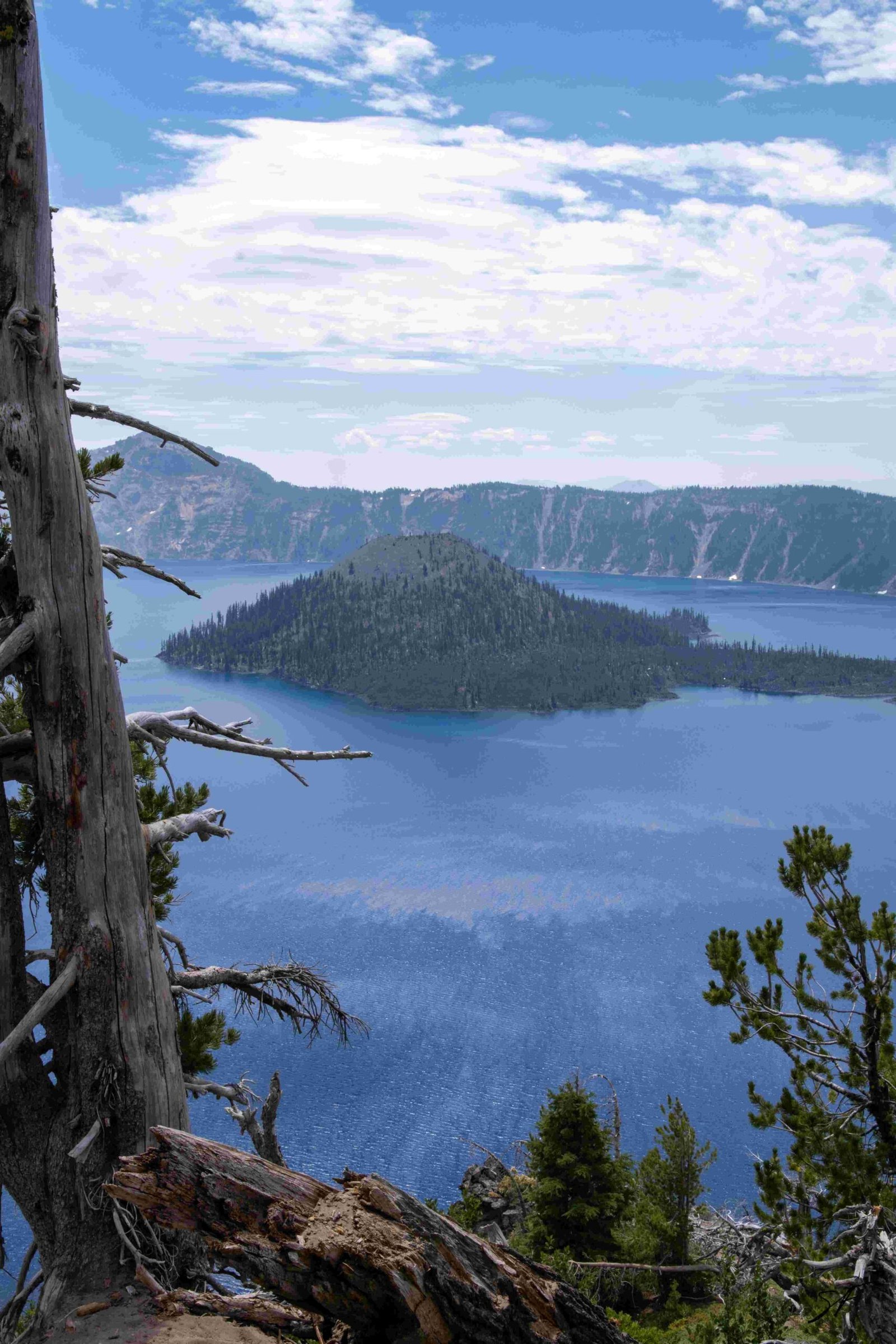Crater Lake, formed by the collapse of Mount Mazama, is a testament to the power of volcanic activity and ongoing erosion processes. The unique geological features of Crater Lake are continuously shaped by various erosion factors, including water, weathering, and sedimentation. These processes contribute to the lake’s remarkable clarity and diverse ecosystem. Understanding the erosion at Crater Lake provides insights into the dynamic nature of this iconic landscape and its geological evolution over time.
What Are the Primary Erosion Processes at Crater Lake?

The erosion at Crater Lake is primarily driven by:
- Running water erosion
- Weathering (mechanical and chemical)
- Glacial activity (historical)
Running Water Erosion
Running water is the most significant erosive force at Crater Lake. It manifests in several ways:
- Snowmelt: As snow melts, it creates streams that carve into the landscape.
- Groundwater flow: Underground water movement contributes to erosion.
- Stream action: Streams have deeply eroded the canyons around the park.
- Caldera rim erosion: Water causes rockfalls and cavitation along the inner caldera rim.
Weathering
Both mechanical and chemical weathering play crucial roles in breaking down rocks and soils at Crater Lake:
- Mechanical weathering: Freeze-thaw cycles and plant root growth fracture rocks.
- Chemical weathering: Acids produced by plants and atmospheric processes break down rock minerals.
- Talus slope formation: Weathering contributes to the accumulation of rock debris at the base of cliffs.
Historical Glacial Activity
While not currently active, past glacial activity has significantly shaped the Crater Lake landscape:
- Valley carving: Glaciers carved U-shaped valleys in the surrounding terrain.
- Debris deposition: Glacial retreat left behind moraines and other sedimentary features.
How Does Sedimentation Affect Crater Lake?

Sedimentation plays a crucial role in the Crater Lake ecosystem:
| Sediment Type | Source | Impact |
|---|---|---|
| Pumice | Mount Mazama eruption | Limits soil nutrition |
| Ash | Volcanic activity | Contributes to water clarity |
| Glacial debris | Historical glaciation | Shapes lake bottom topography |
Water Clarity
The limited sedimentation in Crater Lake contributes to its exceptional water clarity:
- Minimal inflowing streams reduce sediment input.
- The deep caldera traps sediments, preventing them from clouding the water.
- Clear water supports a unique aquatic ecosystem.
What Are the Unique Geological Features Resulting from Erosion?
Erosion has exposed and shaped several distinctive features at Crater Lake:
- Devil’s Backbone: A hard dike revealed by differential erosion.
- The Pinnacles: Solidified ash and pumice spires exposed through erosion.
- Layered caldera walls: Exposed lava flows and pyroclastic deposits.
Measurements and Dimensions
- Lake size: Approximately 5 by 6 miles (8 by 10 kilometers) at the rim.
- Maximum depth: About 1,943 feet (592 meters).
- Caldera rim elevation: Varies, with an average of about 7,000 feet (2,134 meters) above sea level.
How Does Erosion Impact the Local Ecosystem?
Erosion processes at Crater Lake have significant ecological implications:
Habitat Formation
- Talus slopes: Provide habitats for small mammals and specialized plants.
- Exposed cliff faces: Offer nesting sites for birds.
- Sediment deposition: Creates varied aquatic habitats.
Species Adaptation
- Plants: Develop root systems adapted to unstable eroded soils.
- Aquatic life: Thrives in the clear, deep waters resulting from minimal sedimentation.
- Terrestrial animals: Utilize erosion-created features for shelter and foraging.
What Conservation Measures Address Crater Lake Erosion?
The National Park Service implements several strategies to manage erosion at Crater Lake:
- Monitoring: Regular assessment of erosion rates and patterns.
- Vegetation management: Maintaining plant cover to prevent excessive soil erosion.
- Trail maintenance: Designing and maintaining trails to minimize erosion from foot traffic.
- Education: Informing visitors about the importance of staying on designated paths to prevent accelerated erosion.
Long-term Conservation Goals
- Preserve the natural erosion processes while protecting infrastructure.
- Maintain water quality and clarity through sediment management.
- Protect unique geological features exposed by erosion.
- Support ongoing research to understand erosion dynamics in the Crater Lake ecosystem.
By understanding and managing the erosion processes at Crater Lake, conservationists aim to preserve this natural wonder for future generations while allowing natural geological processes to continue shaping this unique landscape.
